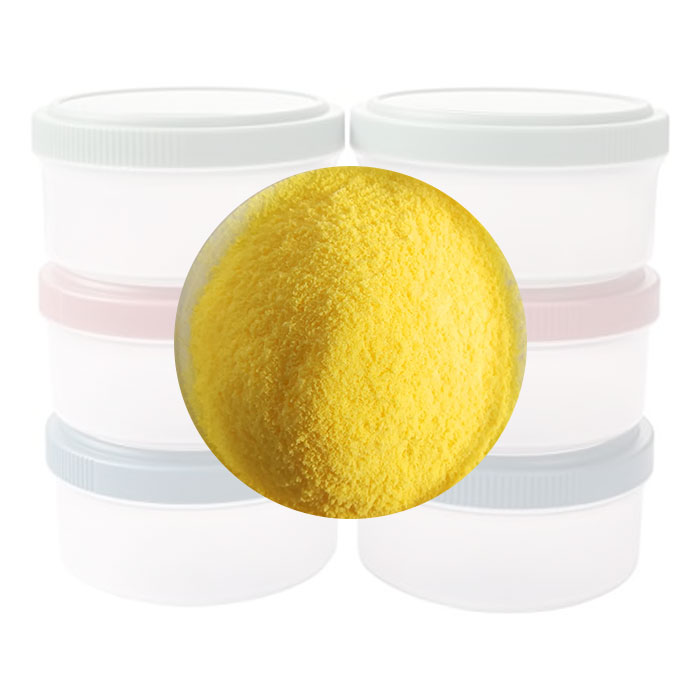Why is Rotomolding HDPE the Preferred Material for Durable and Versatile Plastic Products?
2025-02-20
When it comes to manufacturing robust, high-quality plastic products, rotomolding (rotational molding) with HDPE (High-Density Polyethylene) has emerged as one of the most reliable and versatile techniques. From water tanks and outdoor furniture to industrial components and playground equipment, rotomolded HDPE is widely recognized for its durability, flexibility, and cost-effectiveness. But why exactly is this combination of material and process so popular, and what makes it stand out in today’s manufacturing industry?
What is Rotomolding, and How Does it Work?
Rotomolding is a plastic molding process that involves heating a polymer inside a rotating mold to form hollow, seamless parts. The mold is rotated on two perpendicular axes while heated, ensuring that the molten material evenly coats the interior surface. Once the material is evenly distributed, the mold is cooled to solidify the part, which is then removed.
This process is ideal for creating large, durable, and lightweight items with complex shapes. It’s particularly advantageous for producing hollow or double-walled structures, which are difficult to achieve with other manufacturing methods like injection molding or blow molding.
Why is HDPE an Ideal Material for Rotomolding?
High-Density Polyethylene, or HDPE, is a thermoplastic polymer known for its high strength-to-density ratio, chemical resistance, and long lifespan. It’s one of the most commonly used materials in rotomolding for several reasons:
1. Durability and Strength: HDPE offers excellent resistance to impact and wear, making it ideal for products that need to withstand rough handling or harsh environmental conditions. Rotomolded HDPE products are tough, resilient, and capable of withstanding years of use.
2. Chemical and UV Resistance: HDPE is highly resistant to chemicals, making it suitable for applications like chemical storage tanks and containers. Additionally, UV-stabilized HDPE retains its structural integrity and color even after prolonged exposure to sunlight, making it perfect for outdoor products like playground equipment and garden furniture.
3. Lightweight and Cost-Effective: Despite its durability, HDPE is lightweight, reducing transportation and installation costs. It is also relatively affordable compared to other polymers, making it a cost-effective choice for manufacturers.
4. Versatility: HDPE can be easily molded into complex shapes, allowing for the creation of products with intricate designs or specific functional features. This versatility enables manufacturers to meet a wide range of product requirements.
5. Environmentally Friendly: HDPE is 100 percent recyclable, and the rotomolding process generates minimal waste. This combination makes it an eco-friendly choice for industries looking to reduce their environmental footprint.
Applications of Rotomolded HDPE Products
The combination of rotomolding and HDPE has led to the creation of numerous products across various industries. Here are some of the most common applications:
- Water Storage Tanks: HDPE’s resistance to corrosion and ability to hold water safely make it ideal for manufacturing water tanks for residential, agricultural, and industrial use.
- Playground Equipment: Rotomolded HDPE is used to create vibrant and durable playground structures that can endure years of outdoor use without fading or breaking.
- Industrial Containers: Chemical resistance makes HDPE perfect for industrial applications, such as fuel tanks, chemical storage containers, and septic tanks.
- Marine Products: The lightweight and water-resistant properties of HDPE are suitable for producing marine buoys, kayaks, and floating docks.
- Outdoor Furniture: UV-stabilized HDPE is widely used for creating weather-resistant outdoor furniture that maintains its color and shape over time.
Advantages of Rotomolding with HDPE
Rotomolding HDPE offers several advantages compared to other manufacturing methods and materials:
1. Seamless and Uniform Products: Since rotomolding creates products in one piece, there are no seams or weak points that could compromise structural integrity.
2. Low Tooling Costs: The molds used in rotomolding are less expensive compared to those in injection molding, making it more cost-effective for producing medium to large quantities of products.
3. Design Flexibility: Rotomolding allows for the inclusion of features such as textured surfaces, custom logos, and multi-layered structures, giving manufacturers flexibility in design.
4. Even Wall Thickness: The rotational nature of the process ensures that the material is evenly distributed, resulting in uniform wall thickness and consistent product quality.
5. Scalability: Whether for small-batch production or large-scale manufacturing, rotomolding with HDPE offers the scalability to meet varying production demands.
Challenges and Innovations in Rotomolding HDPE
While rotomolding with HDPE offers numerous benefits, the process also comes with some challenges, such as longer production cycles compared to injection molding and limitations in creating very small or highly detailed parts. However, ongoing innovations in materials and equipment are addressing these challenges.
For example, advancements in HDPE formulations have improved flow properties, allowing for faster and more efficient molding processes. Additionally, automated systems are being integrated into rotomolding facilities to enhance precision, reduce cycle times, and improve overall efficiency.
Conclusion
Rotomolding HDPE has become a cornerstone of modern manufacturing, offering a perfect blend of durability, flexibility, and cost-effectiveness. Its ability to produce seamless, lightweight, and environmentally friendly products makes it the material and process of choice for countless applications across industries.
As technology and material science continue to evolve, the potential for rotomolded HDPE products will only expand further. From creating innovative designs to meeting the demands of sustainability, rotomolding with HDPE is undoubtedly shaping the future of plastic manufacturing.



